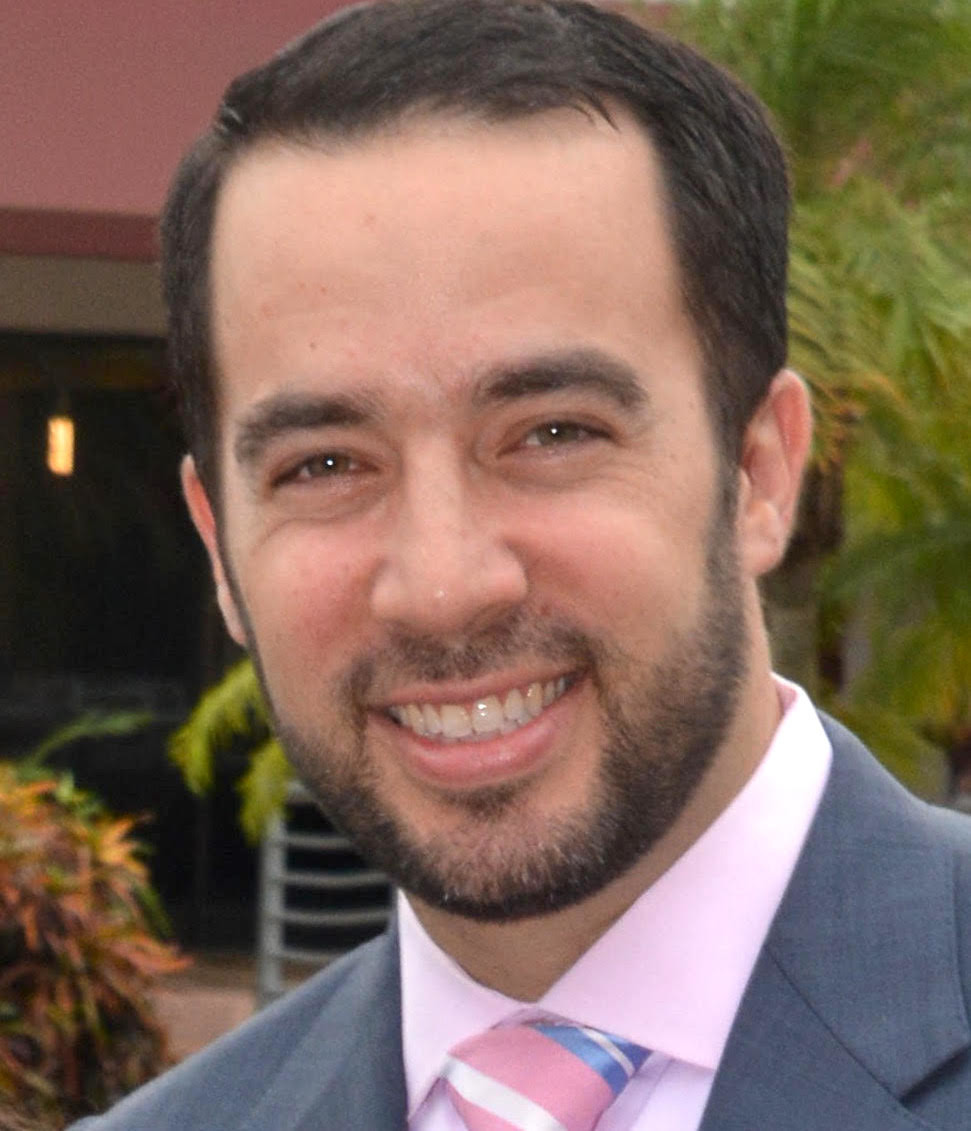The death of Aharon
Parshat Chukat contains the deaths of two great leaders: Miriam and Aharon. These transitions are the beginning of the end of the time in the wilderness, as they set the stage for the mourning the Children of Israel will face over the coming year: Miriam dies in Nissan, Aharon in Av, and Moshe in Adar.
The mourning for Miriam is wholly inadequate, and it opened the door for the unfortunate events of Mei Merivah, which concluded with a need for different leadership to bring the people into the land.
Let us turn to Aharon’s death, which is described in a little more detail here (more is alluded to in Bamidbar 33:38), and the mourning which follows. These events are much more fitting than what happens after Miriam’s death. Rashi gives a significant description of what took place, based on G-d’s note to Moshe at the end of his life that “you will die in the manner that your brother Aharon died” (Devarim 32:50). Rashi notes that Miriam died in a similar manner, “with a kiss,” but that this was not mentioned in the text for modesty reasons (20:1).
Many of the commentaries on 20:26 try to explain how the command to “divest Aaron of his vestments and place them on his son Elazar” could feasibly happen. Assuming one takes off outer garments first, how could they be put on Elazar in reverse order?
Ramban describes how Aharon had on bigdei Shechina (Divine garments) underneath his clothing, which allowed his clothes to be removed without exposure. He also mentions that burial shrouds were utilized, although they are not mentioned in the text either.
Ohr HaChaim describes it slightly differently—that Aharon removed his clothing and then was clothed by the Clouds of Glory. (This might be an interesting explanation for the departure of the Clouds of Glory after Aharon’s passing, also mentioned in the Mechilta passage quoted above).
Concern is also raised about how Aharon could wear the special garments of the kohen gadol outside of the Mishkan. Sifsei Chachamim suggests what should be obvious: it was by Divine instruction. Clearly, the G-d who said these garments only belong in the Mishkan can make an exception. In this way, Aharon would see his son merit to become the kohen gadol in his place.
Sifsei Chachamim further notes that Moshe was instructed to divest Aharon of his garments and dress Elazar, even though both of them were fully capable of doing this themselves, “to demonstrate the kindness done to the dead, that Moshe was directly involved in all matters pertaining to tending to Aharon’s death.”
Seforno notes that Elazar had his own kohen uniform, which remained on him, while the four additional kohen gadol vestments were the only garments which exchanged bodies. Presumably, in this view, Aharon’s remaining garments, the white vestments, served as his burial shroud.
Rabbi Samson Raphael Hirsch takes Sifsei Chachamim’s comments a step further and writes, “Thus before his own death, Aharon merited to see himself living on in the person of his son.”
Aharon’s death was most tragic for the Children of Israel. The idea of mourning for 30 days was introduced to us in the context of his passing, and there is no question of the impact it had on the people. A few ideas come out of this narrative.
One, even the greatest leader is involved in tending to the dead. It is something we have always taken seriously. Watching Moshe tend to his brother shows how death is not only an equalizer when it comes to those who have passed, but it is also an equalizer in that everyone is obligated to tend to the dead in whatever way they can. It is beneath no one’s honor.
Two, Elazar’s status slowly rises over the course of Bamidbar. He was the prince of Levi (3:32), he had his own commission when it came to packing up the Mishkan (4:16), he was given the task of hammering out the firepans in Parshat Korach (17:1-4), he was significantly involved in the instructions for the preparation of the parah adumah at the beginning of our parsha (19:3-4).
Finally, Aharon has the chance to see what every parent dreams to see. Not only does his son follow in his footsteps, as a religious Jew, as a G-d-fearing person, but as Rabbi Hirsch put it, he “saw himself living on in the person of his son.”
Maybe not every parent wants their child to become them. Most parents want their children to be successful, to make it on their own, to be blessed with a good and happy life, and to carve their own path.
But how many parents would object to their children following in their footsteps in every way — assuming that their son or daughter wanted that similar life?
May we be blessed to have a similar experience to the one Aharon had. We should see ourselves live to give all we can for the Jewish people, sacrifice ourselves for the Jewish people, and promote peace in our ranks to the degree that Aharon did.
May we merit to be missed when we are gone, and may we merit to see children and grandchildren live up to the bar we set for ourselves in our Jewish lives — and may they even surpass us.

 46.0°,
Light Drizzle
46.0°,
Light Drizzle 




